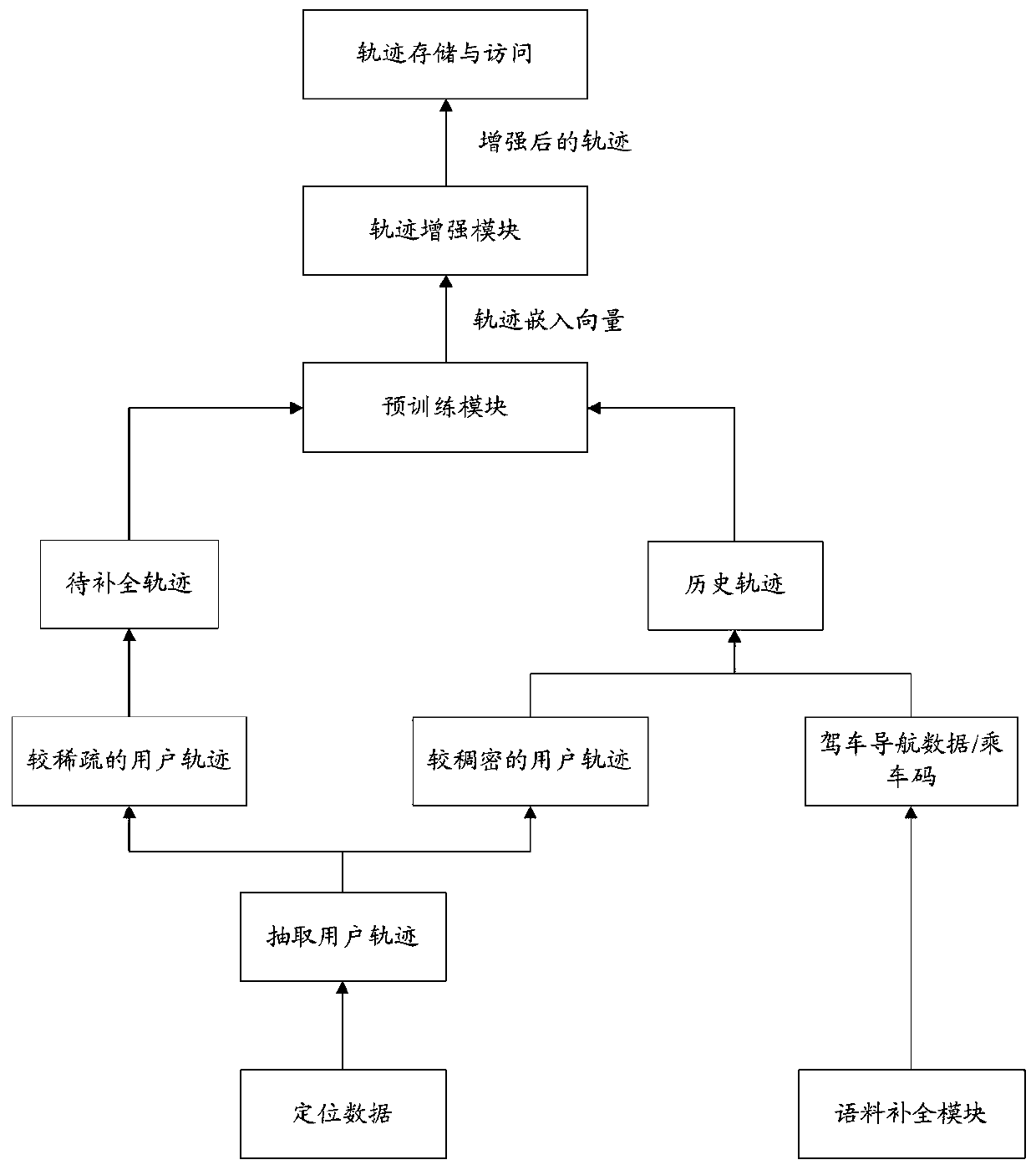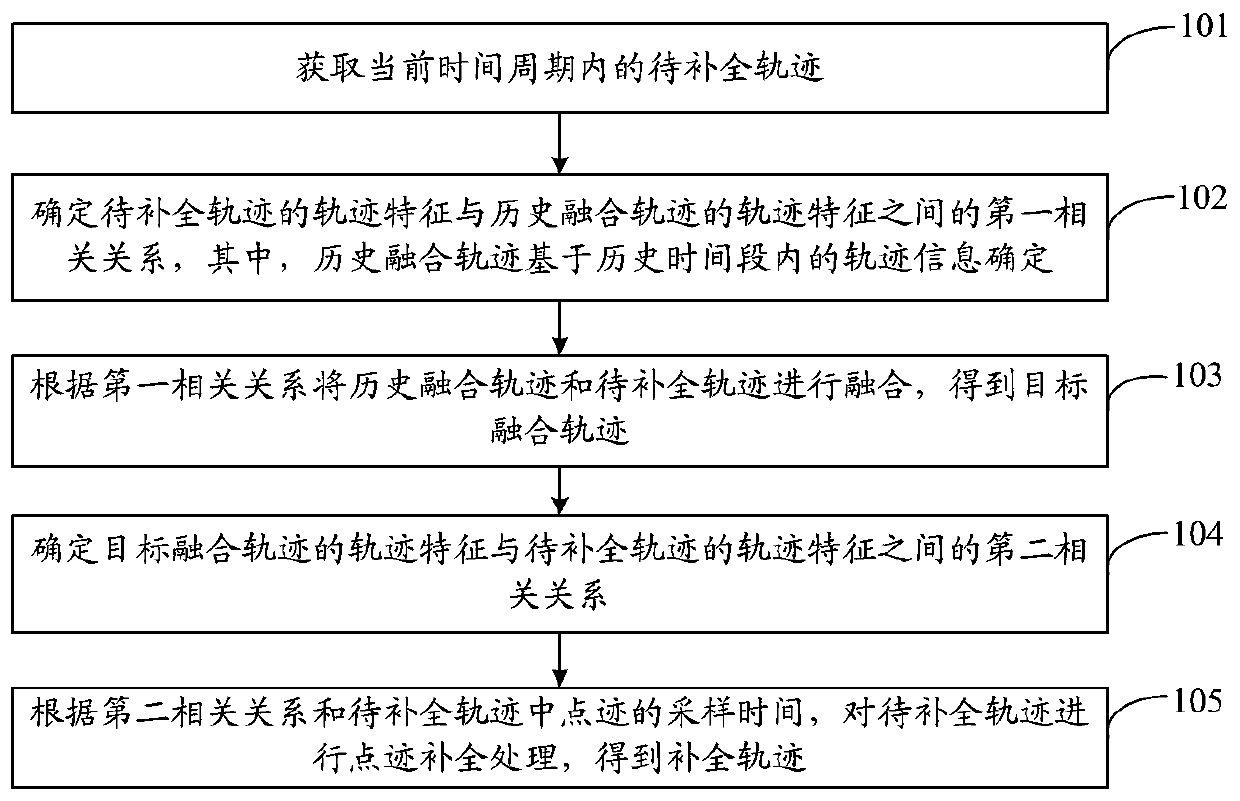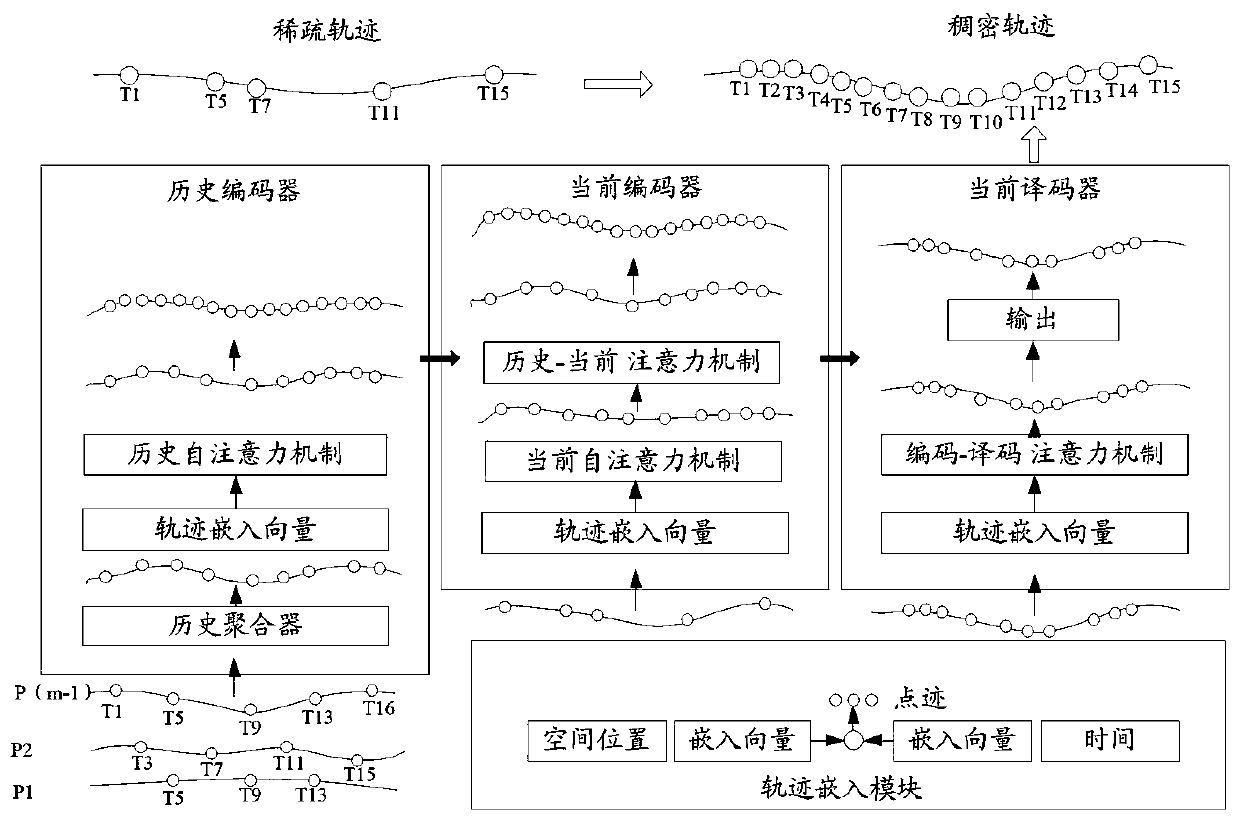Information processing method and device, storage medium and electronic equipment
An information processing method and a technology for identifying information, applied in neural learning methods, electrical digital data processing, special data processing applications, etc., can solve the problems of data sparsity, limit the progress of mobile modeling research, etc. , the effect of improving the density
- Summary
- Abstract
- Description
- Claims
- Application Information
AI Technical Summary
Problems solved by technology
Method used
Image
Examples
Embodiment Construction
[0028] The following will clearly and completely describe the technical solutions in the embodiments of the application with reference to the drawings in the embodiments of the application. Apparently, the described embodiments are only some of the embodiments of the application, not all of them. Based on the embodiments in this application, all other embodiments obtained by those skilled in the art without making creative efforts belong to the scope of protection of this application.
[0029] Big data refers to a collection of data that cannot be captured, managed and processed by conventional software tools within a certain period of time. , high growth rates and diverse information assets. With the advent of the cloud era, big data has also attracted more and more attention, and big data requires special techniques to effectively process large amounts of data that tolerate elapsed time. Cloud technology is the processing technology suitable for big data.
[0030] Among th...
PUM
 Login to View More
Login to View More Abstract
Description
Claims
Application Information
 Login to View More
Login to View More - R&D
- Intellectual Property
- Life Sciences
- Materials
- Tech Scout
- Unparalleled Data Quality
- Higher Quality Content
- 60% Fewer Hallucinations
Browse by: Latest US Patents, China's latest patents, Technical Efficacy Thesaurus, Application Domain, Technology Topic, Popular Technical Reports.
© 2025 PatSnap. All rights reserved.Legal|Privacy policy|Modern Slavery Act Transparency Statement|Sitemap|About US| Contact US: help@patsnap.com



